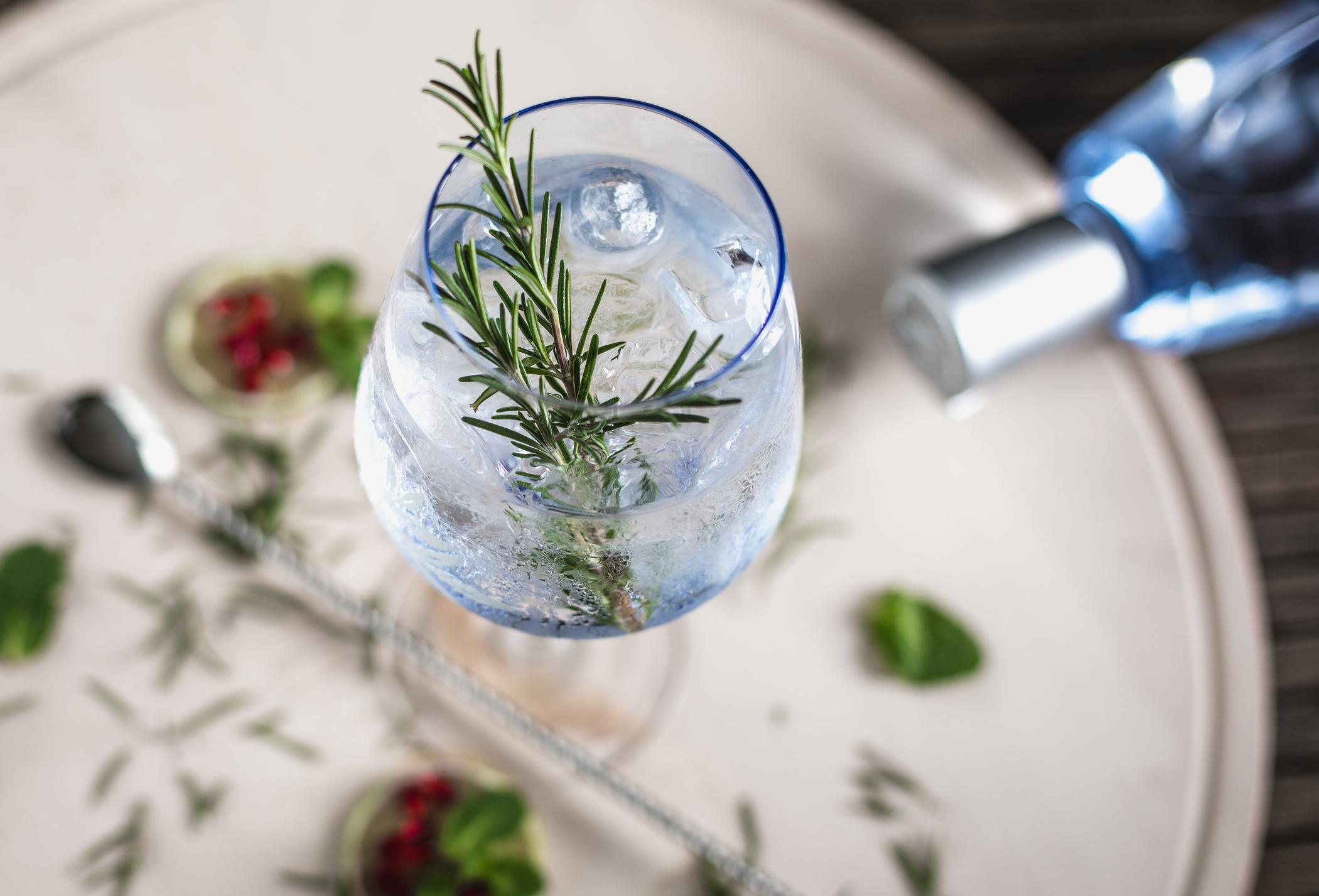
Just in time for World Gin Day, we’re spotlighting 10 of the most influential ginovations throughout history.
Happy World Gin Day! Held on the second Saturday of June each year, the occasion is the perfect excuse to raise a glass.
It’s also the ideal time to brush up on gin’s long and surprising history. This year, we’re casting a spotlight on the inventions, discoveries, and creations that have paved the way for our current golden age of gin drinking. From stills and cocktail glasses to tonic water—even ice—these ginovations have changed everything about how we sip.
1. The First Stills
Distilling has been an art form for a very long time indeed—though early distillers certainly weren’t using the copper pot stills we’d recognise today. Instead, they would have favoured alembics, crude stills whose origins can be traced to over 2,000 years ago. We may not know the precise inventor of the technology (though they were likely based in ancient China), but we certainly tip our hat to them.
2. Juniper Spirits

The tradition of infusing spirits with juniper berries dates all the way back to the 11th century.
Well before the Dutch dreamed up genever, 11th-century Italian monks were the first to mix juniper berries with their spirits. Though their purpose was medicinal, we’re happy that the innovative combination stuck.
3. The Rise of British Distilling
The 17th century really saw British distilling come into its own. In 1638, Charles I granted a permit to found The Worshipful Company of Distillers, who brought a formality and craftsmanship to the art of distilling. Then, in 1689, William of Orange kicked off a gin boom by dropping taxation and licencing on distillation, while raising taxes on imported spirits. British gin was on the rise.
4. The Gin Acts
On too much of a rise, it turned out. The infamous 18th-century Gin Craze, in which a wash of low-cost, low-quality gin flowed like a tsunami over the capital, threatened to forever tarnish gin’s reputation. The Gin Acts of 1736 and 1751 helped bring gin shops under government control (and cut down on unpalatable additives like turpentine).
5. The Creation of the Cocktail
London isn’t just home to the Gin Craze: it’s where the cocktail first got its name. The earliest recorded mention of the cocktail can be traced to 1798, when an edition of The Morning Post and Gazetteer made reference to a mixed drink at the Axe & Gate Tavern on Downing and Whitehall. The rest, as they say, is history.
6. The First Cocktail Shaker
Before the cocktail shaker was invented, bartenders were more likely to mix their drinks between two glasses—a messy and inconvenient enterprise, if you ask us. Thankfully, the cocktail shaker appeared on the scene in the 1840s: just in time to inspire a new generation of bartenders the likes of ‘Professor’ Jerry Thomas.
7. The Invention of Tonic Water

The invention of tonic water—and the subsequent creation of the gin & tonic—is one of our favourite ginovations.
If gin was first created with a medicinal aim, then the G&T was, too. Following the discovery that the bark of the cinchona tree contained quinine (a potent anti-malarial), cinchona-dosed tonic water was first commercialised in 1858. It found immediate success among Brits living in India and other malaria-susceptible regions, who mixed it with gin and lime to make it more palatable.
8. The Invention of Lime Cordial
Following shortly on tonic water’s heels, bottled lime cordial arrived on the scene in 1867. Its creator (one Lauchlan Rose) was among the first to preserve fresh citrus with sugar instead of alcohol. The product quickly spread around the world, thanks to its presence aboard naval ships—and became an indispensable part of classic cocktails like The Gimlet.
9. The Arrival of Ice
Of all the ginovations, ice seems like the simplest. But it wasn’t until the 19th century that it found its way into cocktails. Frederic Tudor was one of the first to harvest blocks of ice from the lakes of the New England, which were then shipped to cities like New Orleans and London. The result? Deliciously frosty serves.
10. The Debut of the Martini Glass
Few inventions have had more of an influence on the optics of gin-sipping than the Martini glass. An alternate take on the older coupe design, the Art Deco angles of the Martini glass first wowed crowds at the 1925 World’s Fair in Paris. Back then, it was most likely used for Champagne sipping before undergoing a spirited evolution.
Bonus! 11. World Gin Day
Founded in 2009, World Gin Day celebrates its ninth birthday this year—and is bigger and better than ever. It’s also truly global, with events held from São Paolo to South Africa. If there’s any evidence of gin’s optimistic future, this is it.
Feature images © Instants/iStock, martiapunts/iStock, rootstocks/iStock, sanjeri/iStock
